There is a foregone conclusion in some tests. A car that, before you’ve even read the story, you would bet good money on winning. Take the Porsche 911 GT3 RS, for example.
But this isn’t one of those features. Any of the three cars here is capable of winning this test, and I know this because, even as I write, I’m not convinced that I’m sure on which car’s bid the hammer will fall. The three cars in this test are among the most different in character yet most competitive set of cars that I’ve tested in a long while.
The reason that they’re lined up at all is, of course, the arrival of the latest Volvo XC90, the new flagship SUV from the revitalised Swedish company. So revitalised is Volvo that although the XC90 is currently its newest model, it’ll be its oldest in just four years’ time.
Still, compared with the previous-generation XC90, which remained on sale for some 13 years, at a mere four it’ll still seem like a stripling. In four years’ time, there will be plenty of other car makers still only beginning to adopt Volvo’s way of doing things – most notably, the way it saves money.
Volvo is cutting the number of platforms it uses to just two scalable ones that will underpin every model it makes. More significant still, it’ll make no engine with more than four cylinders or of more than 2.0 litres, and its petrols and diesels will share as many components as is possible.
This D5 model, then – a nomenclature that would once have bagged you a five-cylinder diesel of large capacity – is a 2.0-litre four-pot turbodiesel making 222bhp and 347lb ft of torque. It drives all four wheels through an eight-speed automatic gearbox and, at this car’s launch a few months ago, I concluded that all of the above, plus a world-class interior, made it a remarkably likeable thing. However, the test cars at its launch rode on air springs.
Our complete road test team have got their mitts on the Volvo XC90 - see what they made of it here
This one is sprung by ‘real’ springs (steel coils on the front, a novel composite leaf spring on the rear). We’ll see whether that makes a difference, but the short of it is that it’s a £50k-ish SUV.
Today, it goes up against two cars of a similar ilk. To be honest, you can largely overlook the trim levels and optional equipment they arrived in and with and assume that, at £50,000, all three are available in likeable forms. We liked the Volvo’s rivals a great deal when they were launched and time has not withered their appeal.

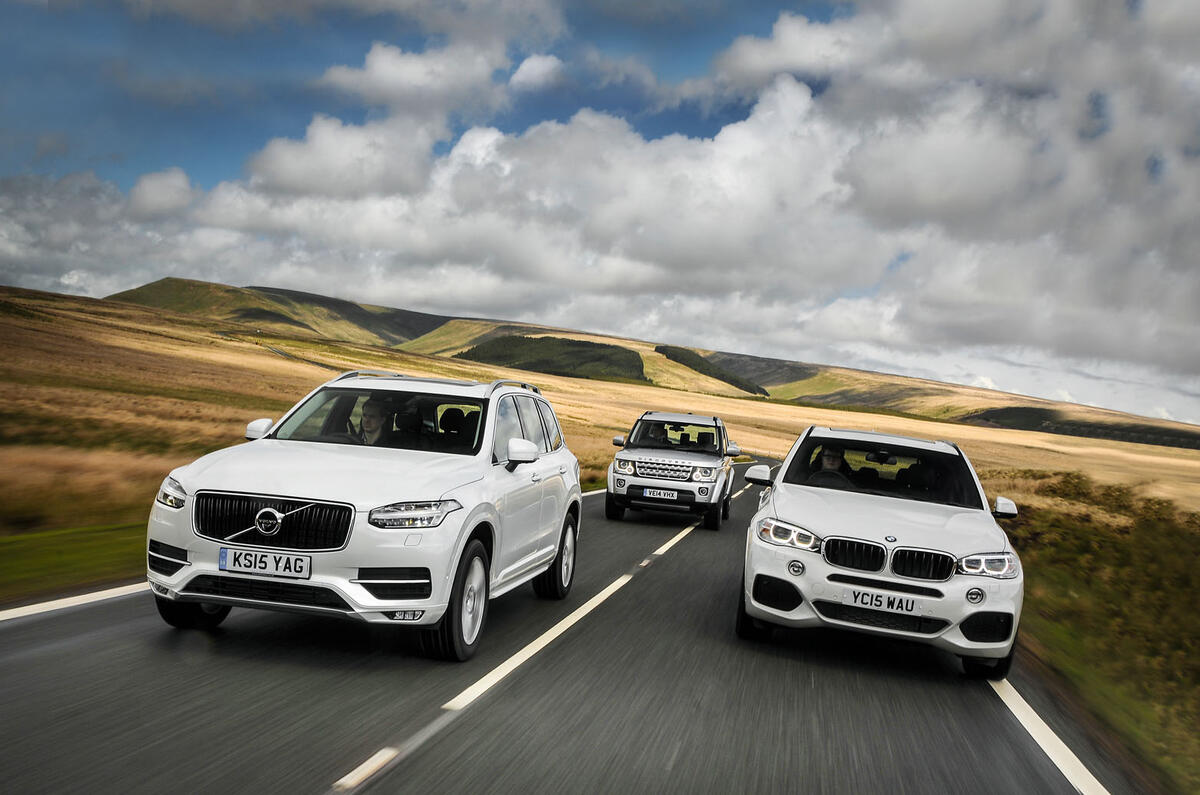
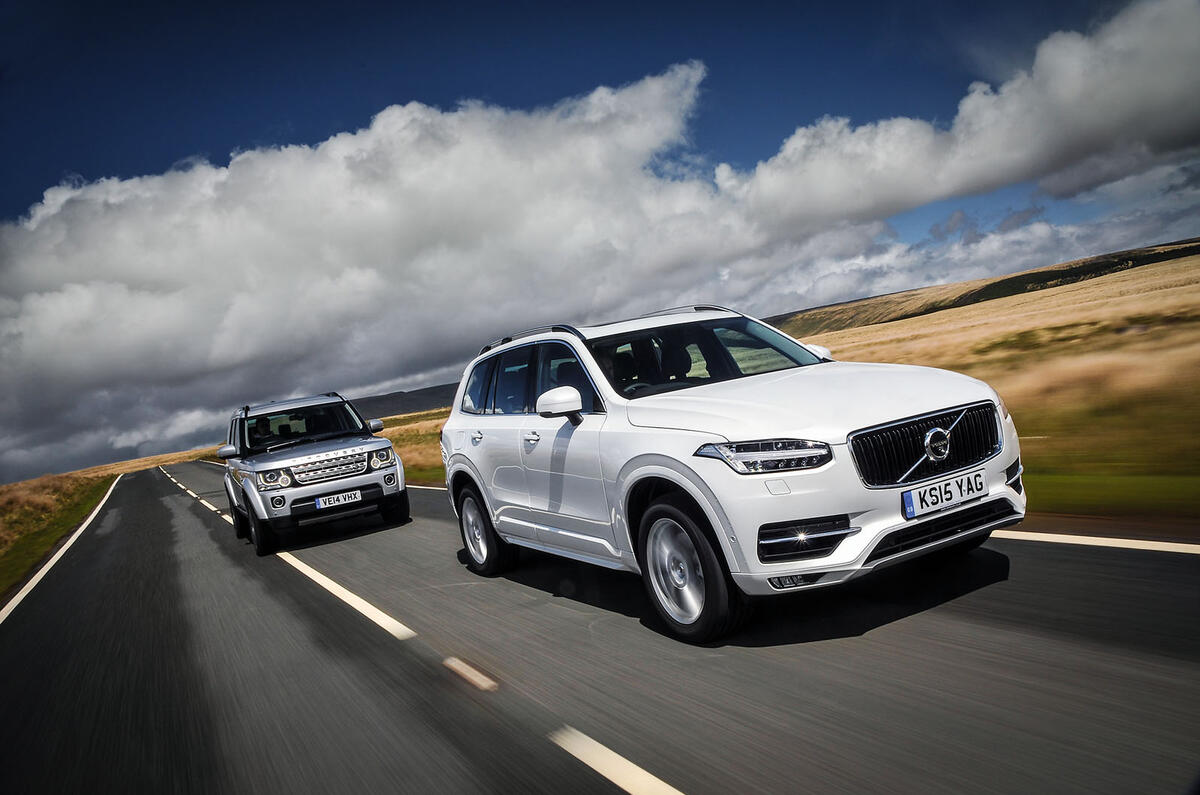
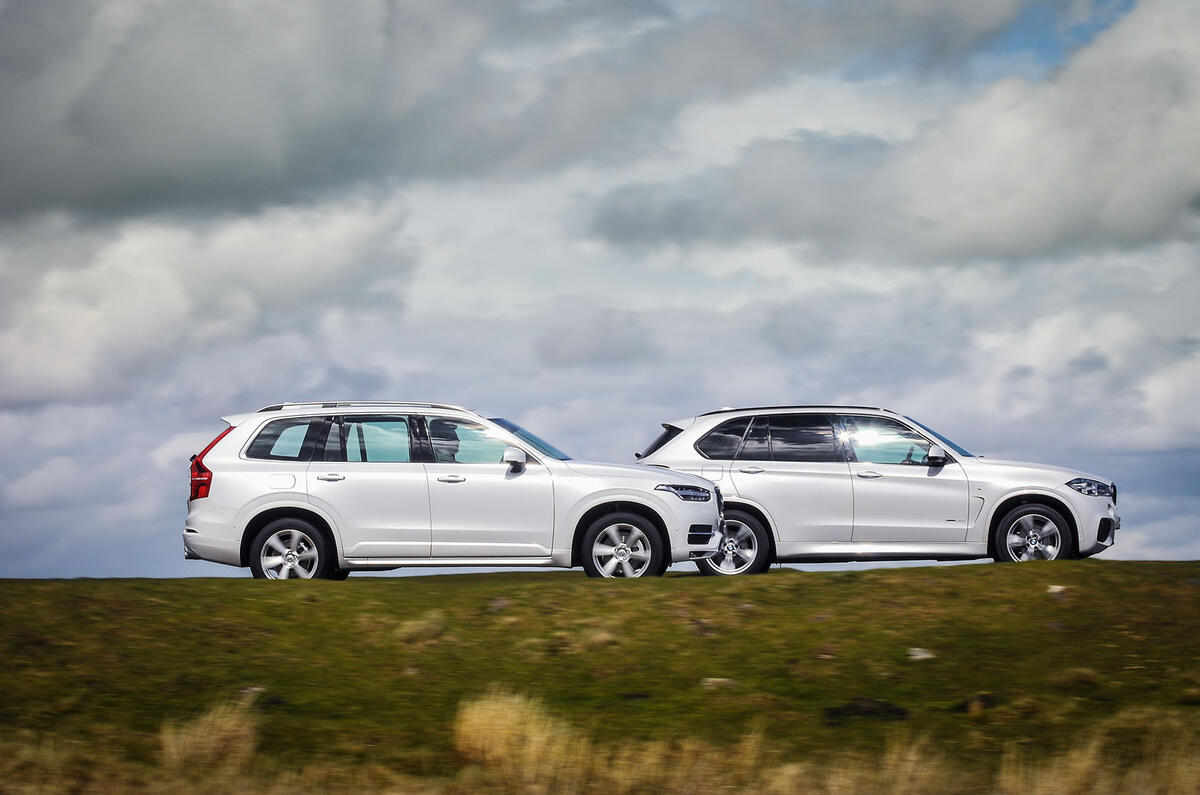
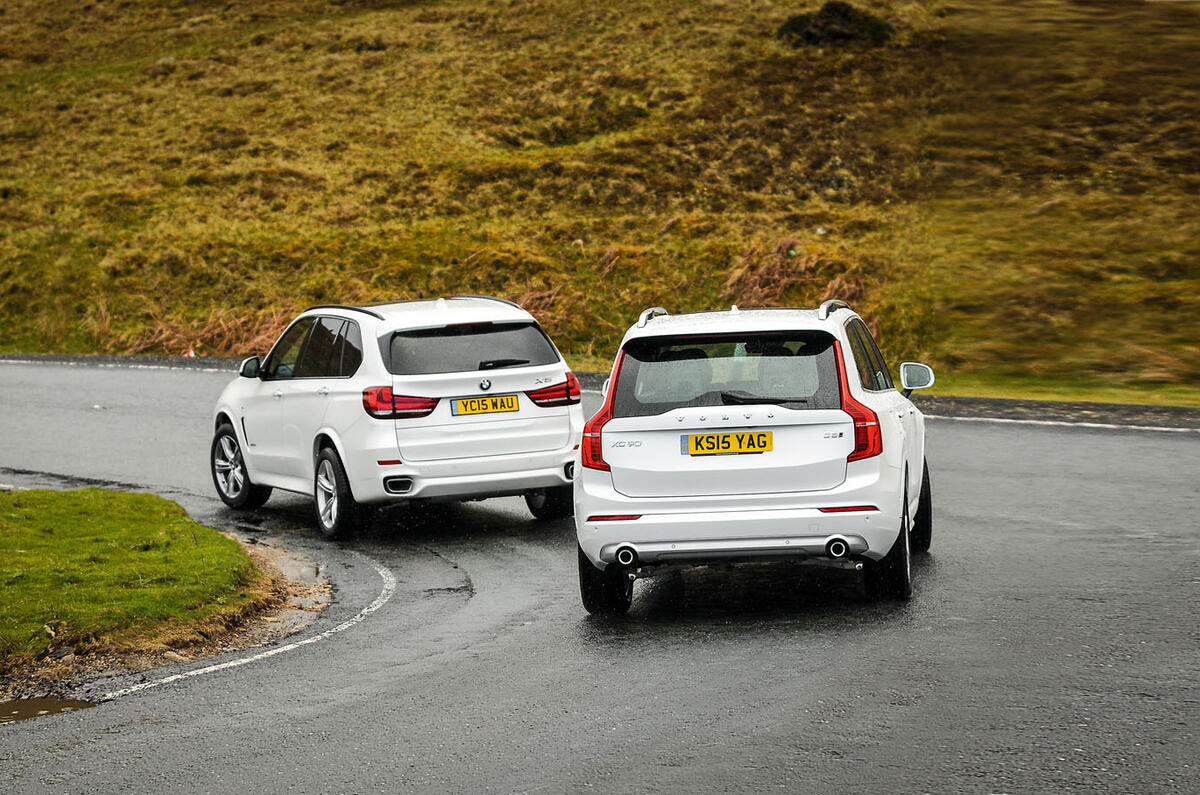
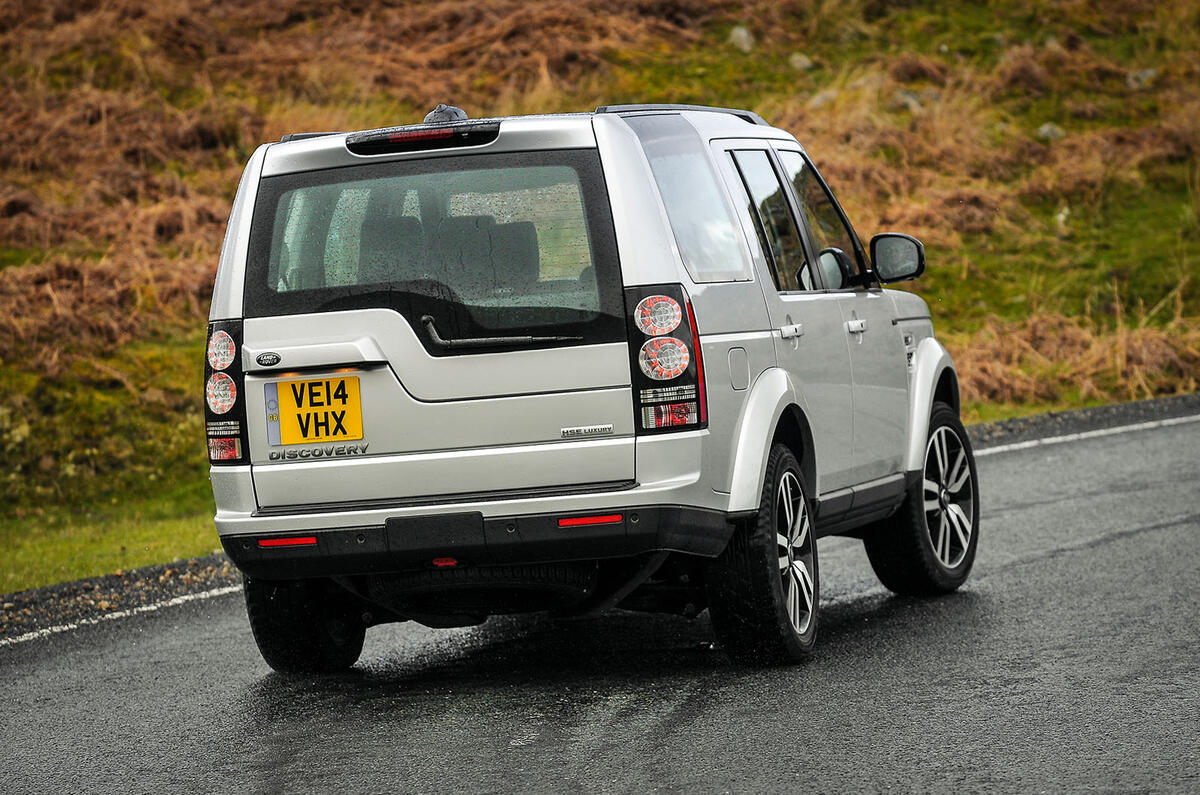
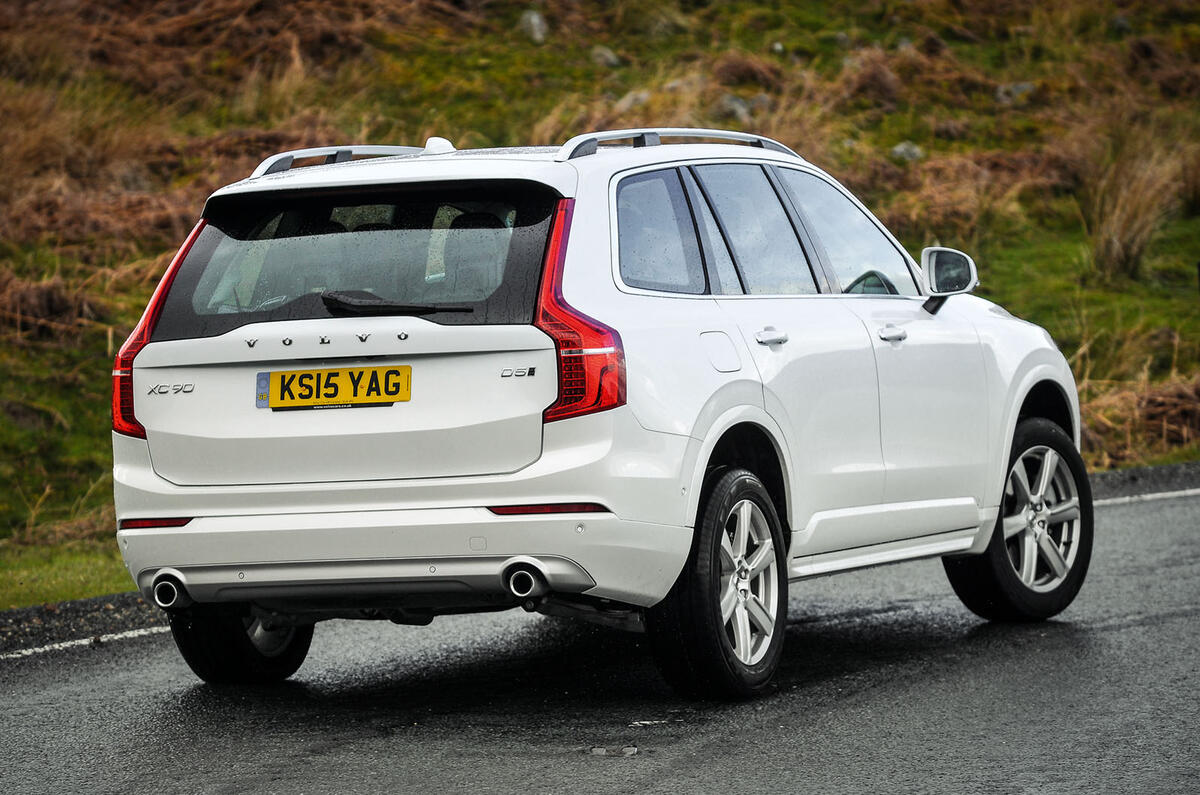
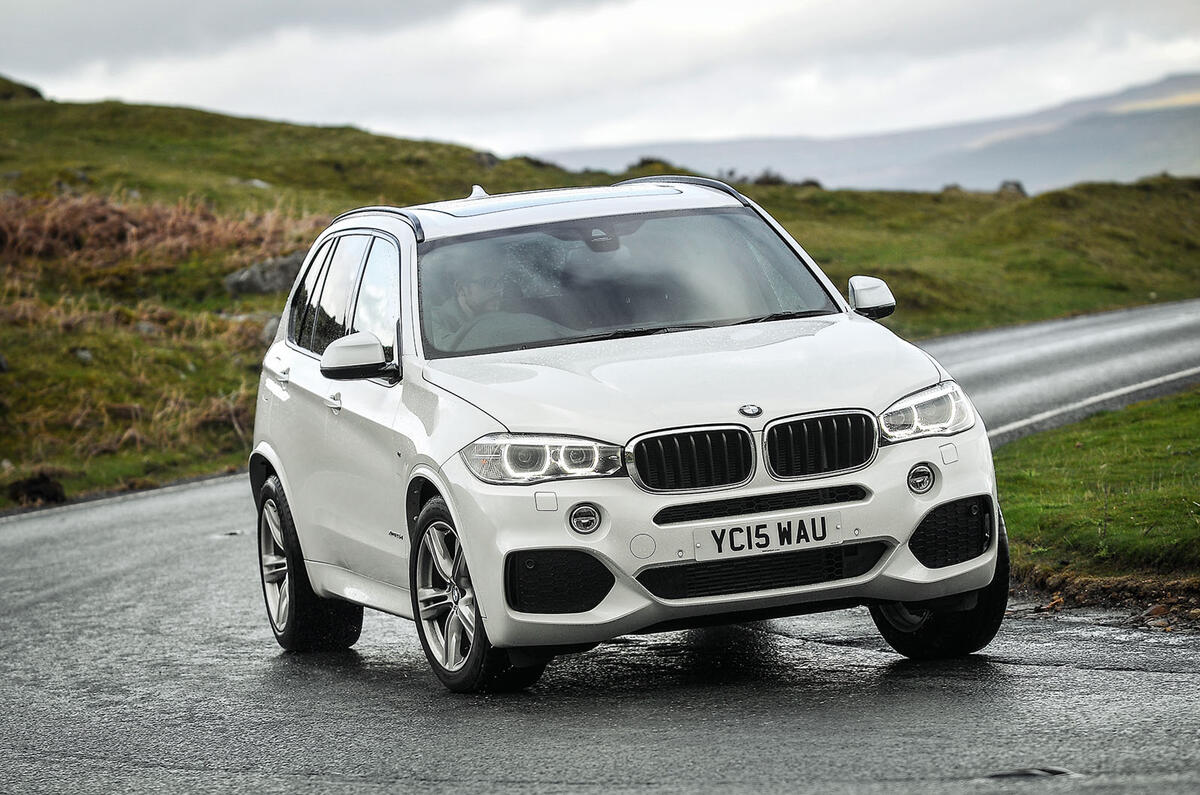
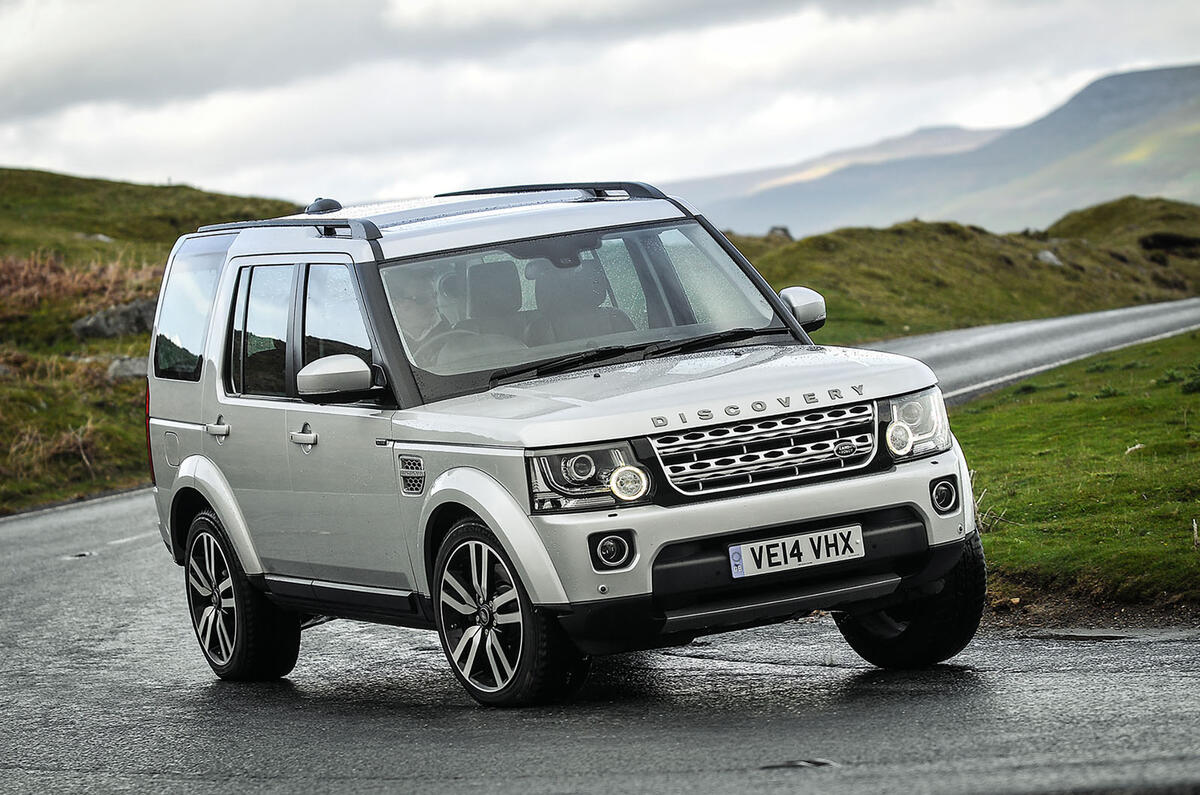
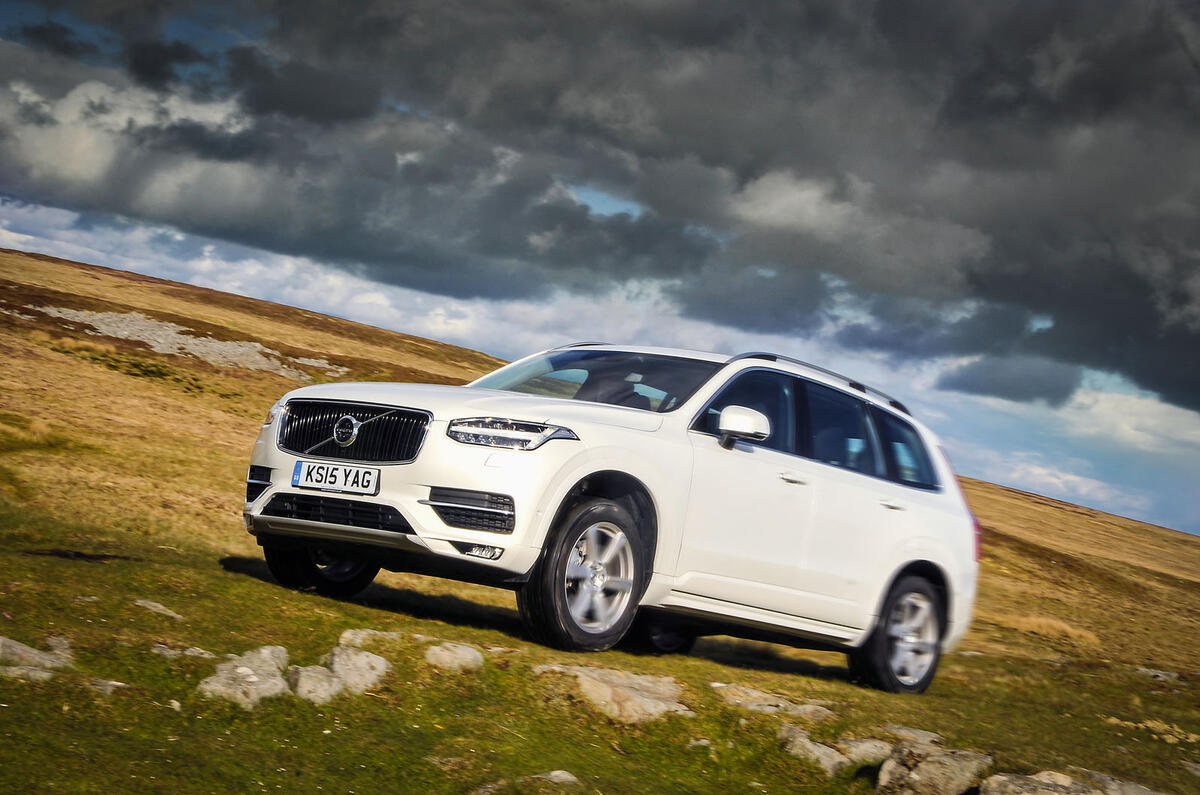
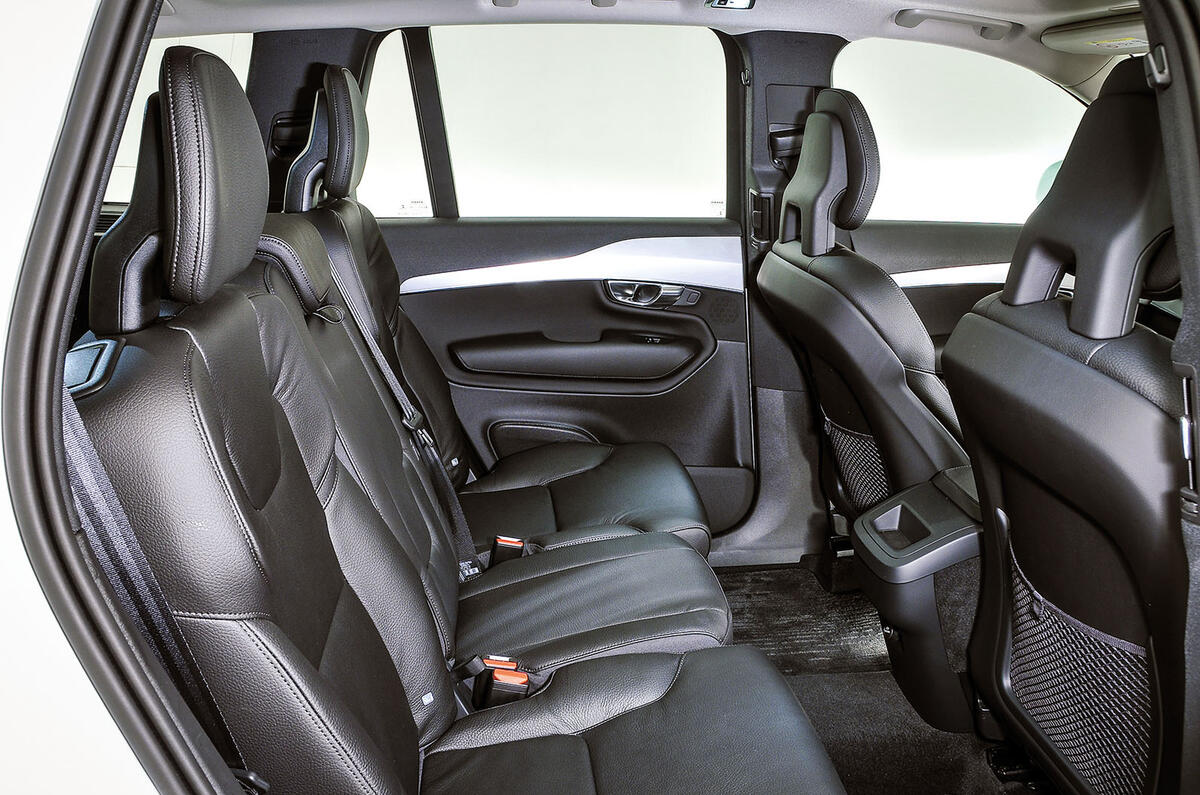
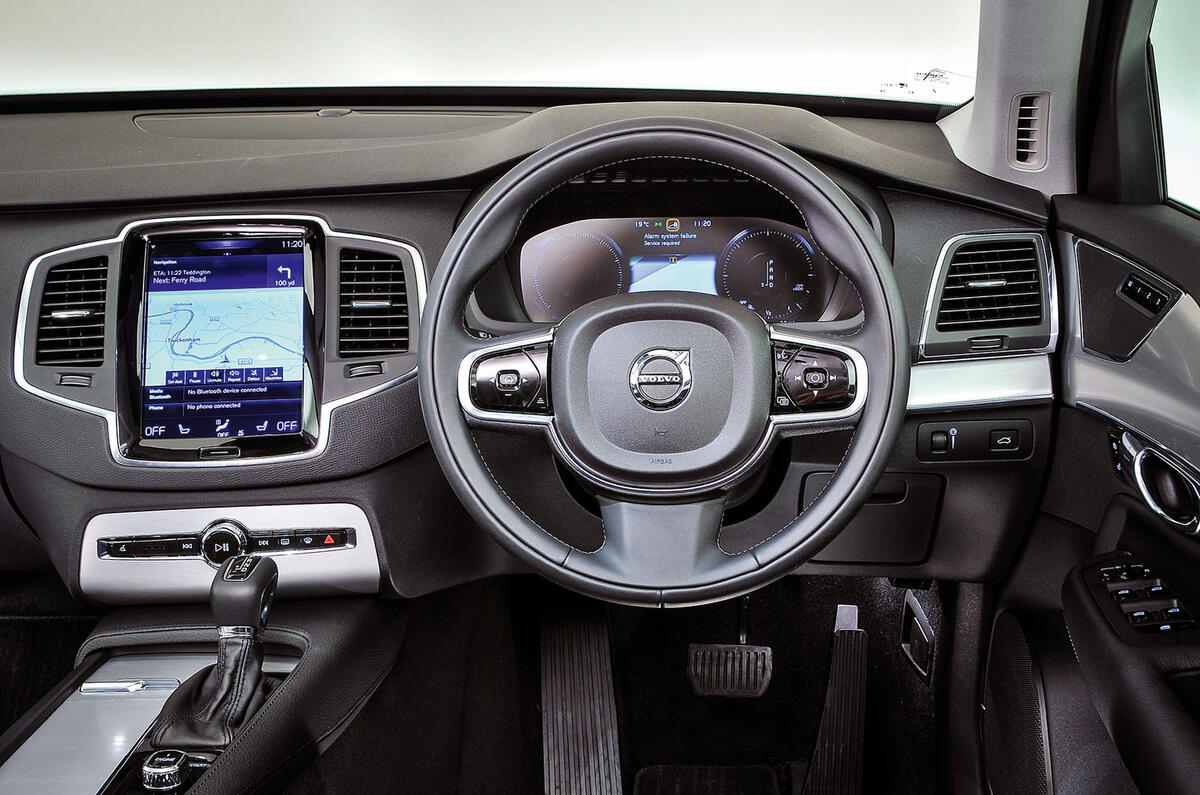
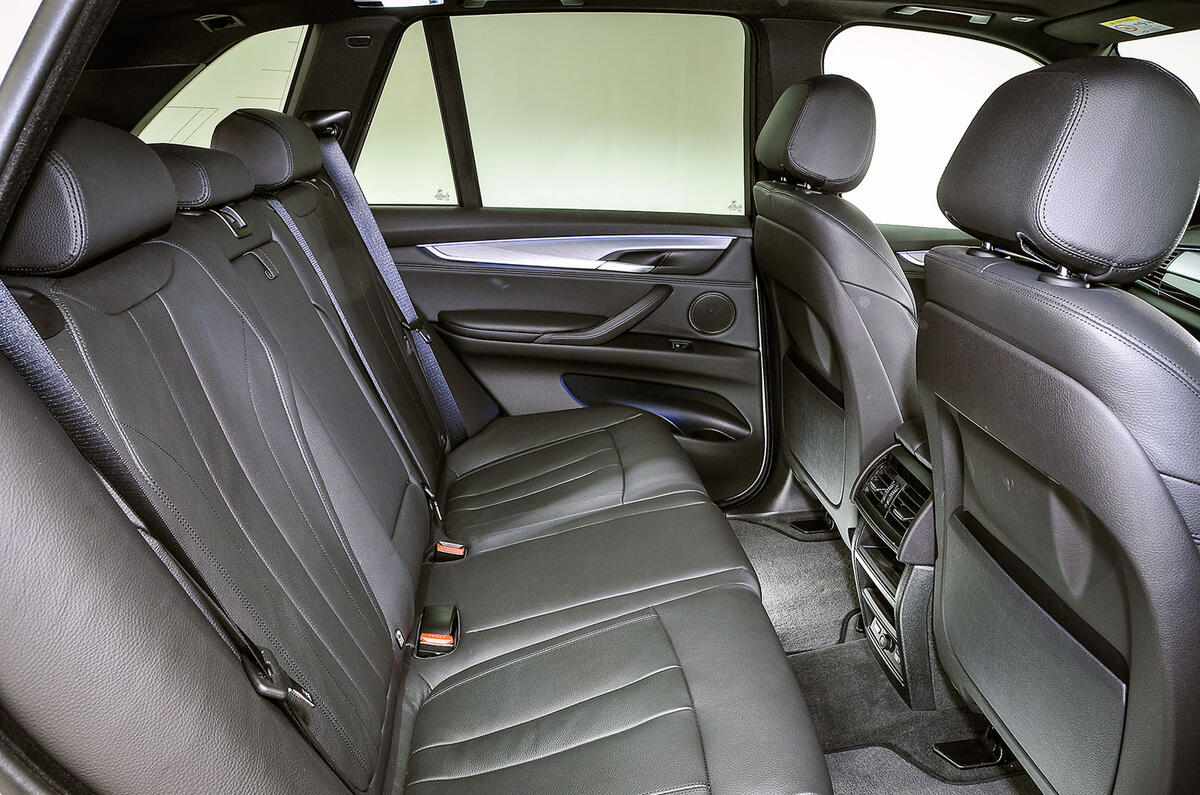

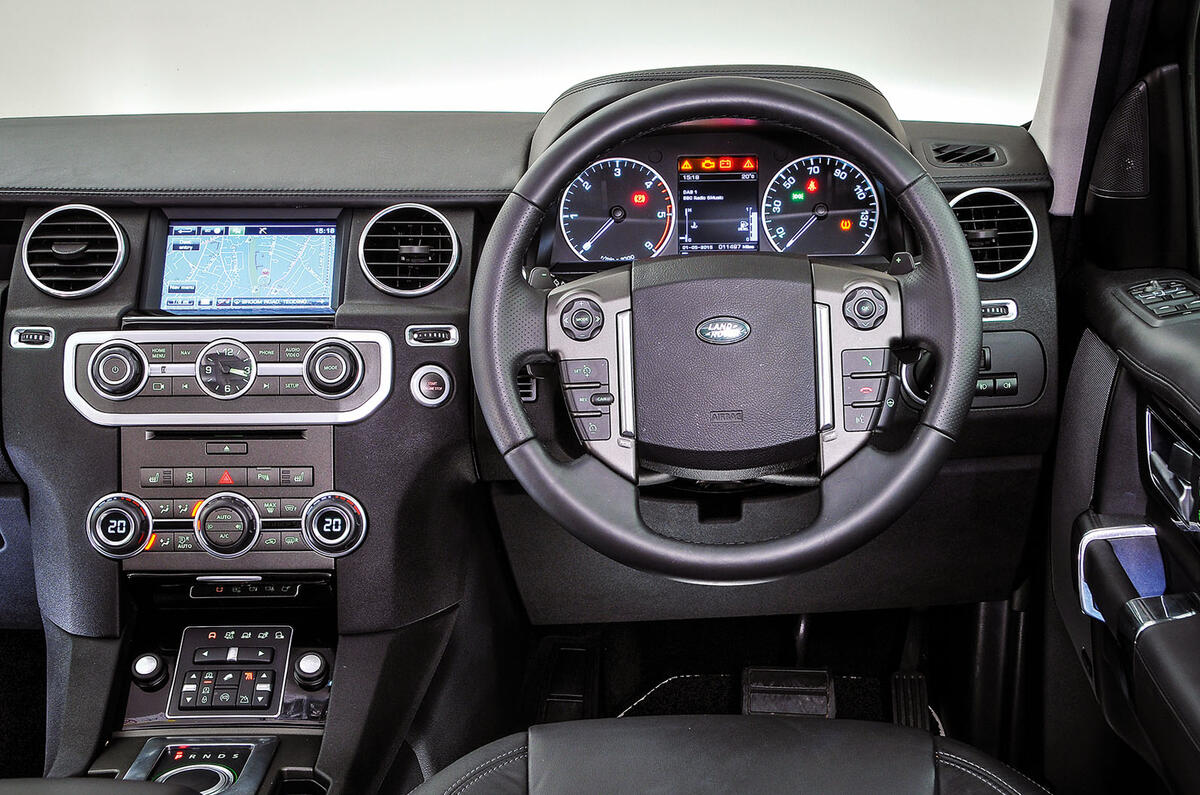



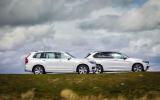






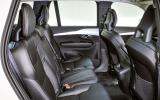
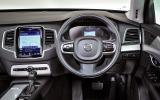

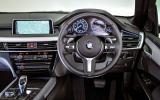








Join the debate
Add your comment
Autocar fails to surprise yet
D4 v xc90
In more general terms, I liked the space in the xc90 (better than d4 for everyday use I think) and the general drive though the engine note is a bit meh - not good but not particularly bad. The blond interior is actually pale grey (I hate grey interiors) - the amber might be very nice but not seen that "in the leather" . The standard speed limit indicator was very effective and simple
The standard XC90 doesnt come
X6